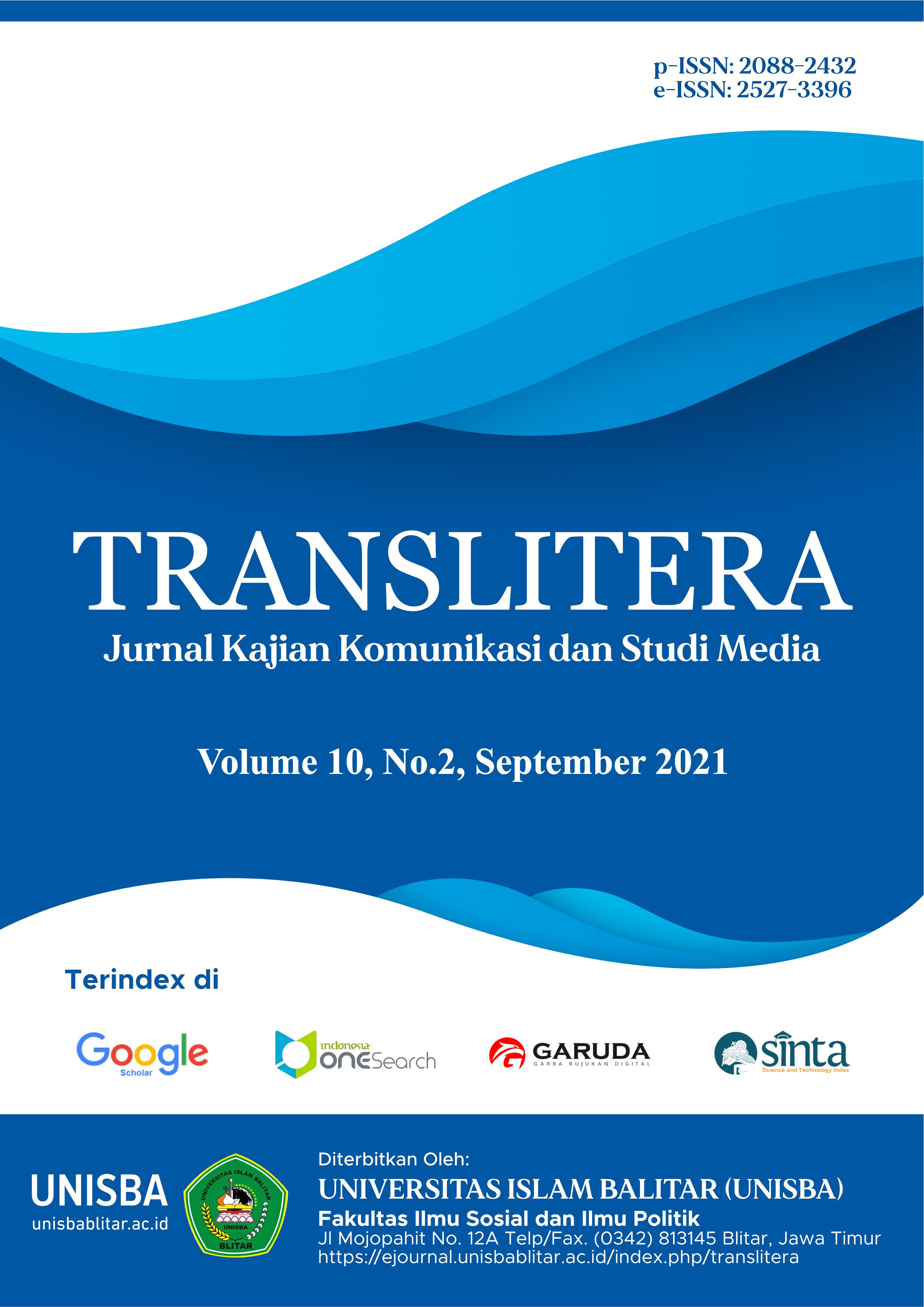The Effect of Capital and Length of Business to the Sellers’ Income of Online Shop (Case Study of FISIP UNISBA Blitar Students)
DOI:
https://doi.org/10.35457/translitera.v10i2.1731Keywords:
Capital, Length of Business, IncomeAbstract
Today most of business people move to develop their business through online. This opens up opportunities to create incentives for business people. Social media include Facebook, Instagram, WhatsApp, Line and others. With this application, it really helps the progress of online business. The various facilities presented by the online media work wonders in the web client environment. Because it inspires everyone to become a successful online store financial expert using a smartphone for online store business advisor. The research target is to determine the effect of capital and length of business on fees earned by merchants in online stores. This type of research is survey research, using a quantitative methodology. Respondents in the study were students of online merchants FISIP UNISBA with 52 samples. The instrument used is a partial test called the T test and the F test (significance level 0.05). Measurement of the level of influence of variables using multiple linear regression and coefficient of determination using SPSS 18 program. The results of the study using the partial test (T) showed that capital had a direct and constructive effect on payments with a critical degree of 0.010 < 0.05. The length of work to get a large degree of results, namely 0.022 < 0.05. Judging from the simultaneous test (F) shows a critical degree of 0.004 <0.05. That is, the variables of capital and length of business have a positive and large effect on salaries and then increase, causing an increase in the salaries of online shop merchants.
References
Amirullah, Hardjanto. (2005). Pengantar Bisnis, Edisi 1. Yogyakarta: Graha Ilmu.
Ghazali, I. (2006). Aplikasi Analisis Multinariate Dengan Program SPSS. Cetakan IV: Undip Semarang.
Gunawan, Imam. (2016). Metode Penelitian Kualitatif. Jakarta: Bumi Aksara.
Nurfiana, I. (2018). Analisis Pengaruh Modal, Jam Kerja & Lokasi Terhadap Tingkat Pendapatan Pedagang Pasar Mranggen. Skripsi: UIN Walisongo Semarang.
Patty, Forlin dan Maria Rio Rita. (2015). Faktor-Faktor yang Mempengaruhi Pendapatan Pedagang Kaki Lima (Studi Empiris PKL Di Sepanjang Jln. Jendral Sudirman Salatiga). Jurnal Dinamika Ekonomi dan Bisnis. (1)1: 1-20.
Putri, K., Pradhanawati, A., & Prabawani, B. 2014. Pengaruh Karakteristik Kewirausahaan, Modal Usaha dan Peran Business Development Service Terhadap Pengembangan Usaha (Studi Pada Sentra Industri Kerupuk Desa Kedungrejo Sidoarjo Jawa Timur). Jurnal Ilmu Administrasi Bisnis. Jurnal Ilmu Administrasi Bisnis. (3)4: 313-322.
Rudianto, Ahmad. (2017). Identifikasi Konsumsi Dalam Kehidupan. Dilingkungan Universitas Islam Bandung. Skripsi: Fakultas Ekonomi.
Sugiyono. (2008). Metode Penelitian Bisnis. Bandung: Alfabeta.
_______. (2012). Metode Penelitian Kuantitatif, Kualitatif Dan Kombinasi (Mixed Method). Bandung: Alfabeta.
_______. (2017). Metode Penelitian Kuantitatif, Kualitatif, dan R&D. Bandung: Alfabeta CV
Santoso. (2016). Statistik Hospital. Yogyakarta: Deepublish.
Sarwono, J. (2013). 12 jurus Ampuh SPSS untuk Riset Skipsi. Jakarta: PT Elex Media Komputindo.
Sukirno, Sadono. (1994). Pengantar Ekonomi Makro. Jakarta: PT. Raja Grasindo Perseda.
Suparmoko. (2012). Ekonomi Lingkungan. Yogyakarta: BPFE.
Wicaksono, R. (2011). Analisis Pengaruh PDB Sektor Industri, Upah Rill, Suku Bunga Rill Dan Jumlah Unit Usaha Terhadap Penyerapan Tenaga Kerja Pada Industri Pengolahan Sedang Dan Besar Di Indonesia Tahun 1990-2008. Skripsi: UNDIP Semarang.
Downloads
Published
Issue
Section
License
Authors who publish with this journal agree to the following terms:
- Copyright on any article is retained by the author(s).
- Author grant the journal, right of first publication with the work simultaneously licensed under a Creative Commons Attribution License that allows others to share the work with an acknowledgement of the work’s authorship and initial publication in this journal.
- Authors are able to enter into separate, additional contractual arrangements for the non-exclusive distribution of the journal’s published version of the work (e.g., post it to an institutional repository or publish it in a book), with an acknowledgement of its initial publication in this journal.
- Authors are permitted and encouraged to post their work online (e.g., in institutional repositories or on their website) prior to and during the submission process, as it can lead to productive exchanges, as well as earlier and greater citation of published work.
- The article and any associated published material is distributed under the Creative Commons Attribution-ShareAlike 4.0 International License












